The faults and folds in rocks provide evidence that the rocks are subjected to compressional, tensional, and/or shear stress.
Students begin this activity by experimenting with Silly Putty™ to identify different stresses that rocks can experience, and examining the relationship between stress type and strain. This lays the foundation for students to understand that the structure (strain) we see in rocks provides evidence for they type of stress that caused it. Students apply this idea by examining images of faults and folds to determine how the structures formed. Additional evidence is collected through experimentation with sponge models. Students summarize their ideas and evidence for each image in a short written paragraph or in alternative presentation format. Sponge models are particularly useful because they allow students to interact physically with the models to consider the forces necessary to create these features as well as visualizing deformation in 3-D. Sponge models can be constructed using inexpensive materials obtained from a dollar store or any home improvement store.
The paper fault models listed under optional files (right), are distributed with permission from the Geological Society of America.
Students will be able to:
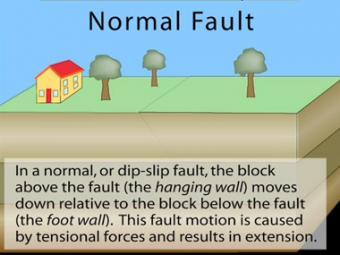
In a normal fault, the block above the fault moves down relative to the block below the fault. This fault motion is caused by extensional forces and results in extension. Other names: normal-slip fault, tensional fault or gravity fault. Examples: Sierra Nevada/Owens Valley; Basin & Range faults.
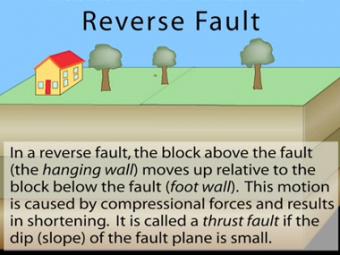
In a reverse fault, the block above the fault moves up relative to the block below the fault. This fault motion is caused by compressional forces and results in shortening. A reverse fault is called a thrust fault if the dip of the fault plane is small. Other names: thrust fault, reverse-slip fault or compressional fault]. Examples: Rocky Mountains, Himalayas.
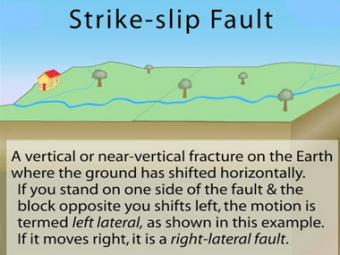
In a strike-slip fault, the movement of blocks along a fault is horizontal. The fault motion of a strike-slip fault is caused by shearing forces. Other names: transcurrent fault, lateral fault, tear fault or wrench fault. Examples: San Andreas Fault, California; Anatolian Fault, Turkey.
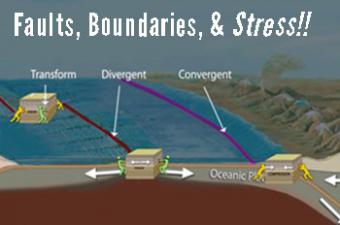
[updated 2021] Earth-science educators, do you ever get asked, "What is stress? Why do faults form in Earth’s crust? or How are faults related to plate boundaries?" This animation describes stress in Earth's outer layer and how it leads to both faults and tectonic plate boundaries.
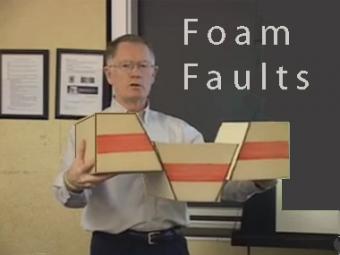
How can I demonstrate plate tectonic principles in the classroom?
Video lecture demonstrates the use of foam faults to demonstrate faults, and a deck of cards to demonstrate folds and fabrics in rock layers. Different types of faults include: normal (extensional) faults; reverse or thrust (compressional) faults; and strike-slip (shearing) faults.

Silly Putty is used as a model to show how the asthenosphere is elastic when exposed to short-duration forces (like seismic waves) but plastic when exposed to long-duration forces (like the load of the Hawaiian Islands on the Pacific Plate).

Video lecture on how temperature controls mechanical behavior of materials, including rocks. A Big Hunk candy bar is used as a model. The cold candy bar is brittle whereas the warm candy bar is ductile or "plastic".
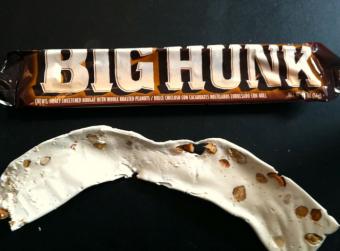
A candy bar, made almost entirely from nougat, is a useful model for connecting strain in rocks to faulting (earthquakes) and folding.
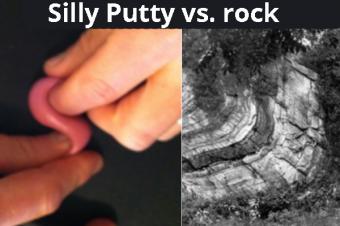
Using Silly Putty™ as an analogy, this activity extends student understanding of the deformation a rock undergoes as a result of stress, plus several factors that contribute to the behavior.
We encourage the reuse and dissemination of the material on this site as long as attribution is retained. To this end the material on this site, unless otherwise noted, is offered under Creative Commons Attribution (CC BY 4.0) license